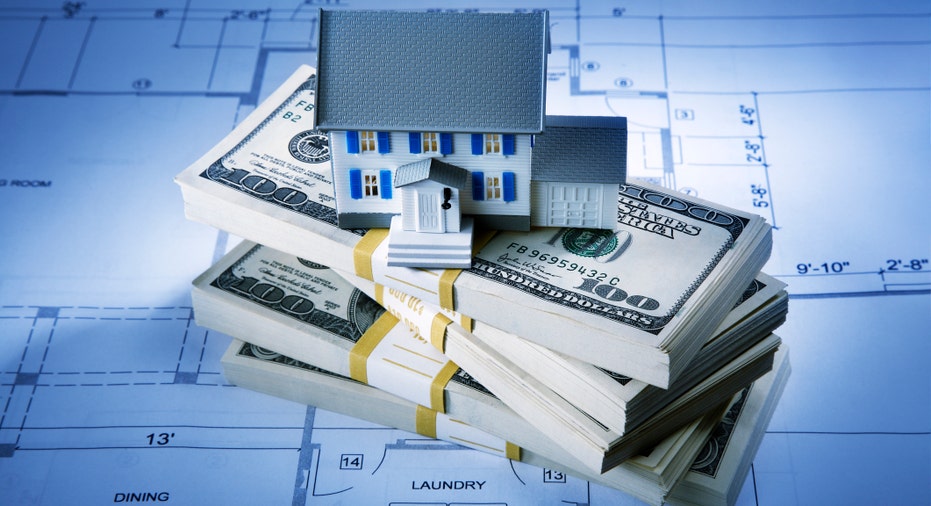What is a cash-out refinance and how does it work?

A cash-out refinance allows homeowners to borrow more than they owe on their original home loan. (iStock)
Homeowners who want to upgrade a kitchen, pay for a child’s college education, eliminate high-interest debt or fund another big expense often turn to the equity they’ve built up in their property to get a hold of the cash they need.
One type of mortgage – a cash-out refinance – allows homeowners to borrow more than they owe on the original home loan and, as the name implies, cash out the remaining amount to use as they wish.
How does cash-out refinancing work?
Perhaps, after several years of monthly payments, the owner owes $100,000 on their home mortgage. If the house is worth $250,000, they have built up $150,000 in home equity. (The equity, or ownership stake, in the home increases as they pay their mortgage; it also grows if the property’s market value rises.)
PERSONAL LOAN OR HOME EQUITY LOAN: WHICH IS BETTER?
If the owner wants to remodel their bathroom, an update that may cost $30,000, they refinance by borrowing $130,000, using the fresh loan to pay off the existing mortgage and to secure the cash for their home improvement project.
Homeowners can tap into most but not all of the equity in their property, with cash-out refi loans typically limited to 80 percent of the home’s value.
A cash-out refi puts money into a homeowner’s hands at a relatively modest interest rate but typically at a higher rate than a traditional mortgage refinancing.
As is the case with any significant financial move, consumers should consider the factors and ramifications involved.
On the plus side, cash-out refinancing can help achieve goals, whether it’s paying for a wedding, tuition or a new car, paying off high-interest credit cards, or making valuable home improvements. This money comes at a cost, however.
Homeowners should consider the closing costs, including application, appraisal and escrow fees and charges for the title search and title insurance, among other items. Closing costs could easily add up.
HOME EQUITY LOAN VS. HELOC: WHICH IS BETTER?
It’s important for consumers to weigh these charges as they compare refi costs to those associated with other options for securing cash.
Are rates higher for cash-out refinance?
Since the cash-out refi will be greater than the existing home loan and may add years to the period that they'll be paying a mortgage, the owner may wind up paying several thousand dollars more in interest on the new mortgage long-term, even if the interest rate is lower.
And if they're using the cash to pay off high-interest credit cards, the savings from eliminating that debt might offset the higher mortgage interest.
Calculating the breakeven point – or how long it will take to recover all loan costs – on a mortgage refinancing can help a homeowner decide whether the move makes sense.
Homeowners tapping into their home equity naturally will be left with a smaller stake in the property after the refi. In the example above, that $150,000 in home equity would shrink to $120,000 after a $30,000 cash-out. If the owner plans to sell their house fairly soon, they should consider whether it’s worth it to lower their equity, which would leave them with a smaller profit on the sale.
Remember that any mortgage leaves homeowners at risk of losing their property if they find themselves unable to make the payments.
While the idea of paying off high-interest debt is appealing, remember that credit cards are unsecured, while a mortgage uses the home as collateral. Using a home as an ATM to cover uncontrolled spending is a recipe for trouble.
A cash-out refinancing, however, may be an appealing option for homeowners who can secure a good interest rate and use the cash to meet important goals while staying on sound financial footing.